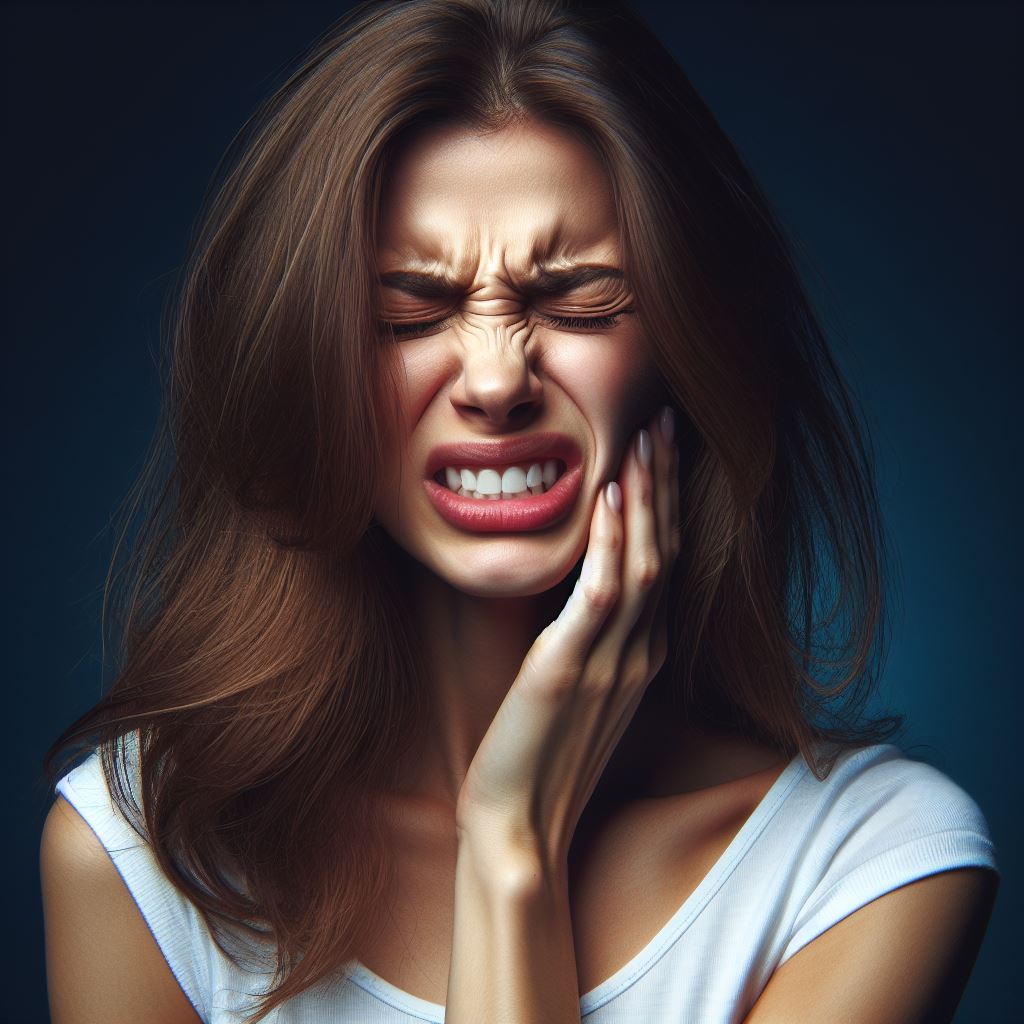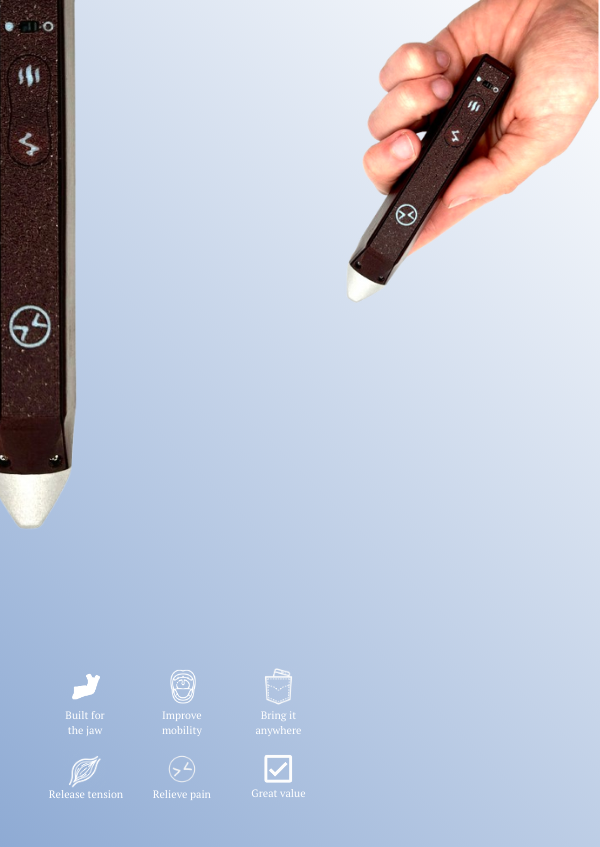Jaw Pain? Jaw Popping? Here's a possible explenation!
Now let's see what happens when we open and close our jaw.
As our jaw opens, it pushes the disc forward - bit by bit - until all of a sudden... click! It snaps back into the cavity it should naturally lie in. Then when you close - bit by bit- it stretches the disc back until... pop! It snaps out and the disc gets pulled back out.

When I was first diagnosed with TMJ, I had no idea what was actually causing the jaw popping or pain. My first doctor described it as a muscle knot that was snapping back and forth as I used it kind of like a switch. Visits to other doctors made it seem like it was more of a misshapen joint that was slipping; the clicking being bone on bone contact.
The first explanation made some sense because I really did feel like my muscles around the TMJ were sore and knotted. Whenever I got flair ups, heat and massage really did work in unlocking my jaw. Even though I knew there was a muscular component though, the clicking and popping really didn't feel like it was just a muscle knot snapping.
I never had a full picture understanding of what was going on until I watched this great video [https://www.youtube.com/watch?v=Dd3aT9c_08M&t=211s] by BiteFX.

Here you see a healthy TMJ. The yellow represents the "disc" that everyone talks about. As you can see, the jaw fits snugly in it. When you open and close your jaw, this yellow disc can slide back and forth, keeping the jaw in a snug fit.
However just as important are the 2 muscles to the right, the lateral pterygoid. The pink tenses to slide the jaw forward in opening, while the blue tenses to keep the disc from sliding too far left in closing.
Here is the tricky thing though! If the lateral pterygoid (blue) tenses up, it pulls on the disc. So if there develops a long term muscle spasm/knot in that area, there is a good chance it will stretch the disc out of its normal position into one more like the image below (The dark yellow tissue in front of the joint).

As you can see, the jaw no longer fits snugly into the yellow disc. Instead, the wider part of its back not presses the jaw into the retrodiscal tissue pointed out. This tissue is very sensitive and produces much of the chronic pain associated with TMJ disorders. In fact, a part of the exterior ear canal passes right behind it, which is why often symptoms include ear pain.
Now let's see what happens when we open and close our jaw.


As our jaw opens, it pushes the disc forward - bit by bit - until all of a sudden... click! It snaps back into the cavity it should naturally lie in. Then when you close - bit by bit- it stretches the disc back until... pop! It snaps out and the disc gets pulled back out.
What about lockups?
Well, in further stages of this kind of TMJ Disorder, the disc is pulled so far out or misshapen that the jaw no longer snaps into place. Here clicking stops, and instead, full range of motion is limited by the disc itself.

Over time, with the jaw riding on the ligaments attaching the disc to the skull, these ligaments deteriorate. When they fully wear out or tear, this is when the jaw rides bone on bone with the skull. Pain may actually subside here for a bit due to lessening pressure on the sensitive yellow tissue, but long term use can cause arthritis and wearing of the bone.
None of this is necessarily the case with everyone - the jaw is a complicated system - but in my case it helped me understand a little more about what is going on with my TMJ.
If you found this article interesting or informative, consider following us on instagram @mytmjrelief



